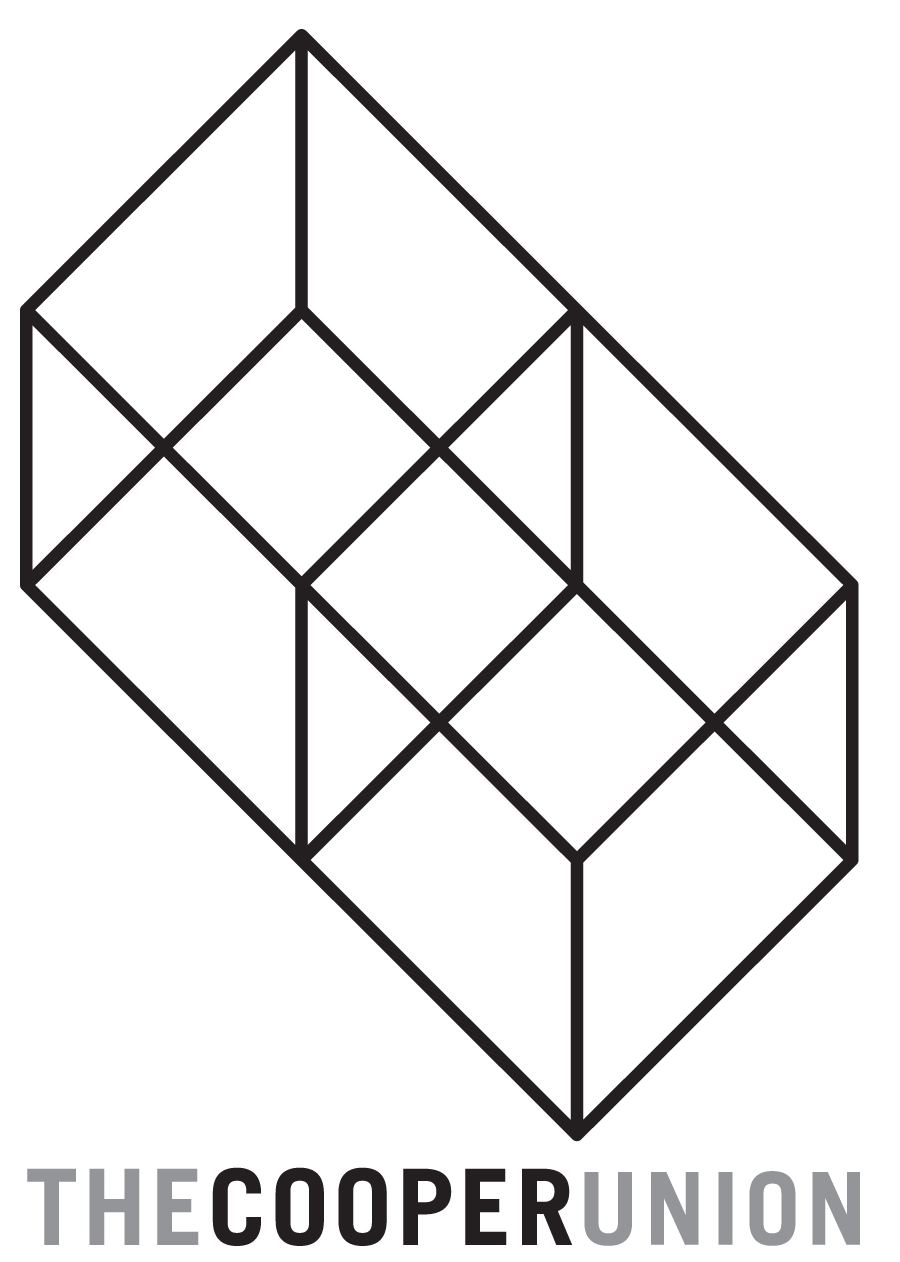[Interdisciplinary] [Civil Engineering] [Chemical Engineering] [Electrical Engineering] [Mechanical Engineering]
2024 CAPSTONE PROJECTS
[Interdisciplinary] [Civil Engineering] [Chemical Engineering] [Electrical Engineering] [Mechanical Engineering]
2023 CAPSTONE PROJECTS
[Interdisciplinary] [Civil Engineering] [Chemical Engineering] [Electrical Engineering] [Mechanical Engineering]
MECHANICAL ENGINEERING CAPSTONE PROJECT ARCHIVES
[2022] [2021] [2020]
AIR HANDLING UNIT
ANALYTICS FOR
BUILDING EFFICIENCY
Jung Hwan Lim
Kevin Mao
Dilara Seyman
Nick Triano
ADVISED BY PROFESSOR MELODY BAGLIONE
Cooper Union aims to reduce its greenhouse gas emissions intensity by 40% from 2014 levels by 2030 to meet the NYC Carbon Challenge. About 50% of its energy consumption derives from heating ventilation, and air conditioning (HVAC) systems. In 41 Cooper Square (41CS), the largest consumer of energy on campus, the facilities staff uses the Building Management System (BMS) to monitor and control the HVAC systems. However, the BMS lacks metrics tailored to optimizing energy performance and is an overwhelming display of information. Since there has been little past optimization work on this component, we are focusing on an Air Handling Unit (AHU) in 41CS, which ventilates and conditions building spaces. Our solution provides a simplified, user-friendly interface incorporating energy metrics and utilizes data analysis to identify ways to reduce AHU power consumption.
LINK TO CONTENT
LINK TO CONTENT

ALFA UAV:
AUTONOMOUS LEARNING FIRE ASSIST
UNMANNED AERIAL VEHICLE
Kyungjoon Lee
Daniel Feyman
Karen Yehoshua
ADVISED BY PROFESSOR HAVERKAMP
This past year, wildfires in California burned over 200,000 acres of land and hundreds of millions of properties. The detrimental effect of wildfires is only expected to grow. To combat the fires, we developed a system of multiple, autonomous, fixed- wing drones that assist firefighters in extinguishing wildfires by acting as their eyes in the sky. The system has three main functional requirements; the first is for the aircraft to be able to detect, image, and track the progression of a fire. Using that data, the system must generate optimal flight paths for fire suppression aircraft. Lastly, since firefighter radios are limited by line of site, the drones will act as a persistent communications node between the firefighters. The deliverables comprise the development and design of the aircraft, the configuration and prototype of the computer that is onboard the aircraft, the simulation of the UAV autopilot, the algorithm to generate flight paths for fire suppression aircraft, and the user interface for the aircraft ground operator. This project is part of the 2020 SAE Aeroconnect Challenge, a student engineering design competition.
LINK TO CONTENT
LINK TO CONTENT

